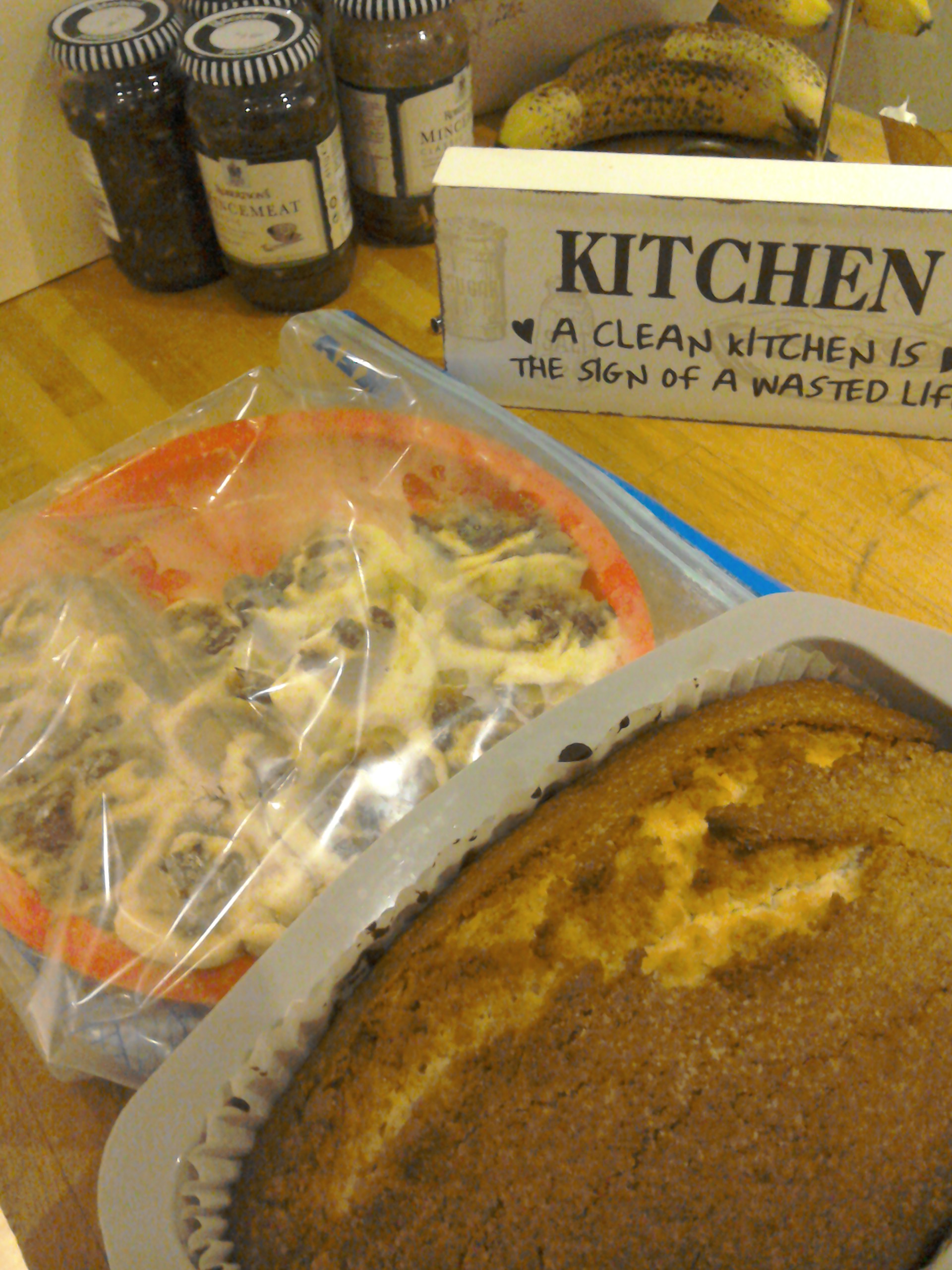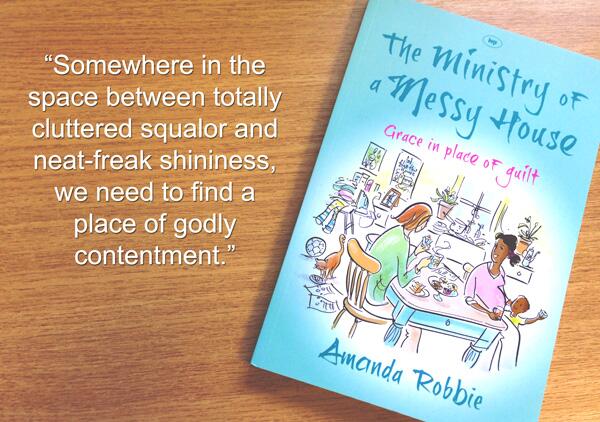I wonder if these Advent posts will all end up being about food? Today was Cake and Chat day – most Thursday mornings since we’ve been here in the parish (more than thirteen years now!). We started in the church hall, then migrated into the church when Open Church began pre Covid – we were open four mornings a week then. Then we were on Zoom in lockdown and then in the Vicarage back yard, into the red room (our front room, with a red painted wall) and now back into church since the revival of Open Church.
We’ve restarted Open Church slightly differently – with a session on Wednesday afternoons so that families returning from our church school can come in, and another in the traditional Cake and Chat slot on Thursday mornings. This means that, with our small groups meeting centrally at church on Wednesday evenings, our church heating is minimised with maximum mid week building use. And we’re finding that both Open Church sessions are growing as word gets out. Yesterday we had about 40 people in the building – long standing church members in to catch up and help welcome, and several families in with their kids to play and connect. I had to delve behind the table we use for communion for the Duplo set we have stashed there, and we set up two extra large tables for crafts and games.
And today the Cake and Chat team were all there and several extras turned up – including a dad and his daughter who’ve recently moved into the area and are waiting for a nursery place and had already joined us on Wednesday afternoon, and a lady from the same hometown in Jamaica as a church member who was also there.

Anyway, everyone in church this morning loved the apricot and pecan biscotti I made in a vaguely festive baking session yesterday. There was also an orange and choc chip ring cake, but the biscotti were the winners. I’ve made these a few times – my recipe card is really tattered, but this time I used Italian 00 flour and I think the extra strength in the dough made them work particularly well. This recipe allows you to improvise the filling from whatever you have in your baking cupboard.
Ingredients
- 1 egg
- 100g caster sugar
- 125g plain flour (00 is best) – or 100g flour and 25 cocoa
- 1/2 tspn baking powder
- 1/4 tspn salt (flakes are great)
- Filling options: 50g almonds/pecans/walnuts and 75g dark chocolate chips/chopped apricots – or try your own combination of nuts, cranberries, raisins, chocolate, mixed spice, lemon, rosemary – if you find a good combo do put it in the comments!
Put the oven on to 180C. Whisk the egg and sugar until thick and pale. Then fold in the flour, baking powder and salt, followed by the filling. Shape on baking paper or a silicone mat (on a metal tray) into a small loaf 5cm wide x 25cm long.
Bake for 25 minutes and then remove and cool for 5 minutes before slicing on the diagonal into slices that are about 1cm thick. Lay the slices on the tray with cut faces up and cook for a further 10 minutes. Turn the biscotti (‘twice cooked’) over and cook for a further 5 minutes. Mine were still quite pale yesterday, so I left them to cool in the oven when I switched it off and they were perfect – with a crunch that softened just nicely when dunked into coffee but not so crunchy that you worried about your fillings when taking a bite.









